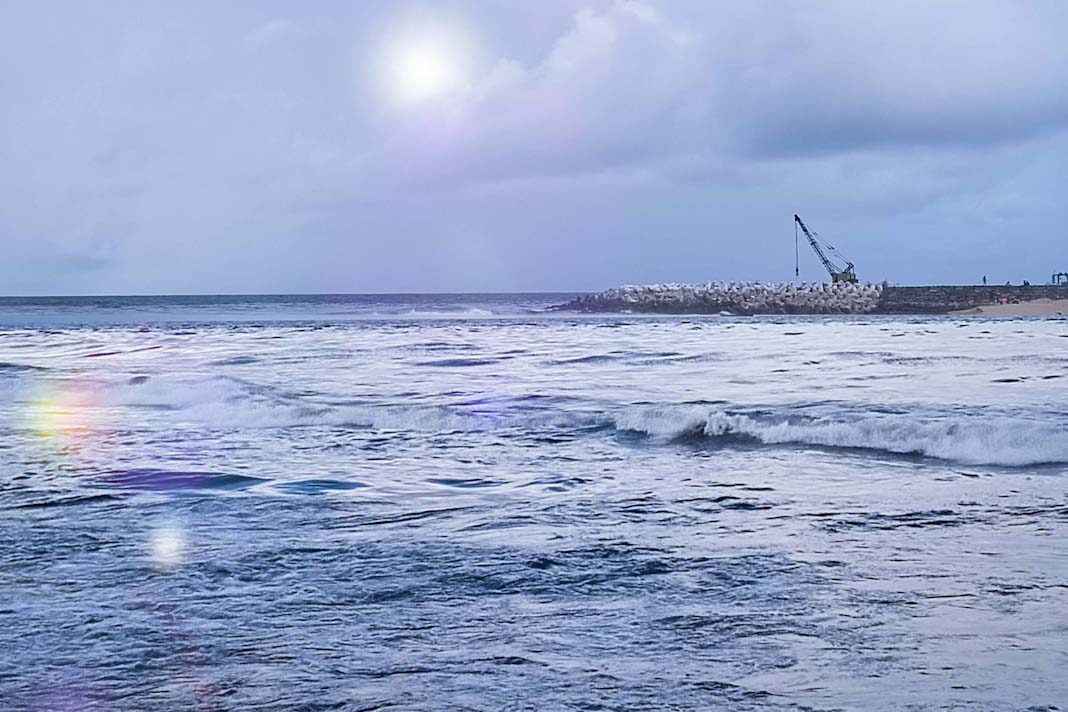- ST LNG, LLC plans to build an offshore LNG export terminal 10.4 nautical miles off Matagorda, Texas, aiming to export up to 8.4 MTPA of LNG.
- The project will be developed in four phases and include both fixed and floating infrastructure, such as platforms and a floating storage unit.
- Over 1,900 temporary construction jobs and 156 permanent operational roles are expected to support local employment and economic growth.
- The project is currently under federal review, with public hearings and environmental assessments required before approval.
ST LNG, LLC has proposed the development of a large-scale liquefied natural gas (LNG) export terminal to be located approximately 10.4 nautical miles off the coast of Matagorda, Texas. The offshore facility, detailed in a joint report by the U.S. Coast Guard and the Maritime Administration (MARAD), will comprise both fixed and floating structures, including platforms, mooring dolphins, and retrofitted LNG carriers. The project is designed to export up to 8.4 million tonnes per annum (MTPA) of LNG and will be developed in four phases, beginning with the construction of key platforms for gas treatment, liquefaction, and operations. According to FullAvanteNews, the gas supply will be sourced from the Tres Palacios Hub and the Williams Markham Plant, supported by a combination of existing and new pipeline infrastructure.
Economic Impact and Regulatory Progress of ST LNG’s Deepwater Port Project
The CRYSTAL ODYSSEY is powered by the Kawasaki-MAN B&W 6G60ME-C10.5-LGIP engine—an electronically controlled, LPG-injection marine diesel engine built by Kawasaki. This propulsion system enables a significant reduction in sulfur oxide (SOx) and carbon dioxide (CO₂) emissions compared to vessels running on traditional marine fuel oil. As a result, the carrier meets global SOx emission standards and complies with Energy Efficiency Design Index (EEDI) Phase 3 regulations.
To address nitrogen oxide (NOx) emissions, the vessel is fitted with both Exhaust Gas Recirculation (EGR) and Selective Catalytic Reduction (SCR) systems, allowing it to meet Tier III standards and operate within designated Emission Control Areas (ECAs) even when using low-sulfur fuel. Further efficiency is achieved through the integration of energy-saving technologies, including Kawasaki’s RBS-F (Rudder Bulb System with Fins), SDS-F (Semi-Duct System with contra Fins), and specialized fins around the propeller—all contributing to reduced fuel consumption.
Looking ahead, the CRYSTAL ODYSSEY also holds future-ready credentials. Its design has received approval from ClassNK for a potential conversion to ammonia fuel use, providing a pathway toward next-generation, low-emission shipping solutions.
Did you subscribe to our Daily newsletter?
It’s Free! Click here to Subscribe!
Source: FullAvanteNews



















